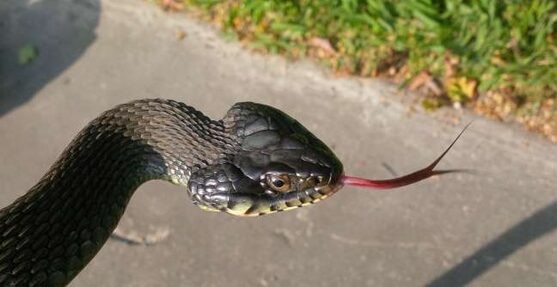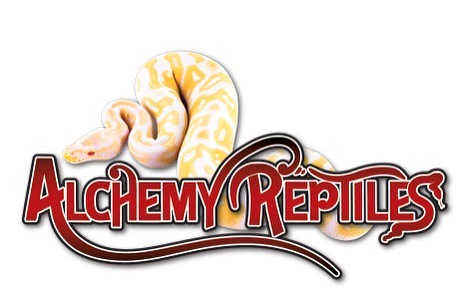You can tell if a snake is venomous by the shape of the head: FALSE
This is 100% false. I'm sure you've heard that a snake with a diamond shaped head is always venomous. There are a number of non-venomous snakes that when frighten and being defensive can flatten their heads to give a more "diamond shaped" look. Water snakes, rat snakes & hog nose are just a few of the snake that when frighten will flatten their heads.

This is a good example of a harmless water snake trying to look more intermediating by flattening his head.
On the other end of this myth is the very venomous coral snake which does not have a diamond shaped head at all.
You can tell if a snake is venomous by the eyes: FALSE (partly)
Again I hear this one a lot. While in part it is true that in the US most venomous snakes have elliptical pupils (like a cat's eye) and most none-venpmous snakes have round pupils. But the coral snake again is venomous with round pupils. This saying also does not hold true at all for venomus snakes in other countries, with some of the most venomous snakes like the King Cobra and Green Mambas having round pupils. Best not too get closed enough to look.
The old rhyme: "Red touch yellow, kill a fellow, red touch black friend to Jack" is away to tell if it's a coral snake: FALSE (partly)
I'm sure we've all head at least some version of this rhyme. Sometimes it goes: "Red And Yellow, Will Kill A Fellow. Red And Black, Venom Lack"
It was original away to tell North American coral snakes from Kingsnakes, more than likely meant for the South Eastern US. While this rhyme can hold true in some states like TX, LA & MS, the problem is if you travel to the Western US many ground snakes like the Sonoran Shovel-nosed Snake (Sonora palarostris) has red touching yellow.

These beautiful snakes can be found in AZ and are not venomous. The other problem with this rhyme is that you run into some corals snakes where the bands of yellow are very thin, or kingsnakes where the black bands are very thin, and red appears to touch yellow. Also some coral snakes can be very dark, and vary in color. I've seen some coral snakes where the red has become so dark with age you can't really tell what's black & what's red anymore.
So how can I tell a none-venomous snake from a venomous one?
Bottom line, leave the snake alone when you see it. If the snake needs to be moved call an expert, and have the expert identify the snake. Otherwise why worry about what kind of snake it is. Admire it from afar & leave it alone. In the rare case of an emergency (you or someone has been bitten by a snake that you think might be venomous) again call an expert. Local zoo, or parks and wildlife services will normally have a list of people that work with snakes. Take a picture with your phone and send it to them.
